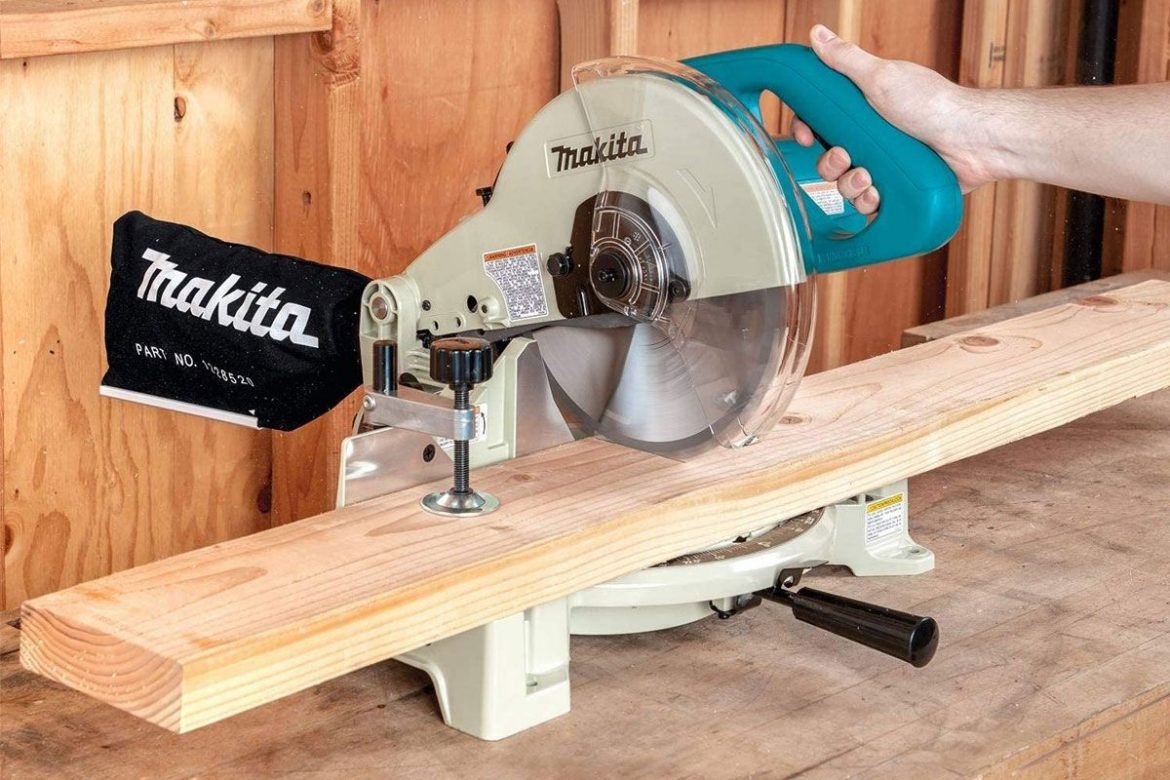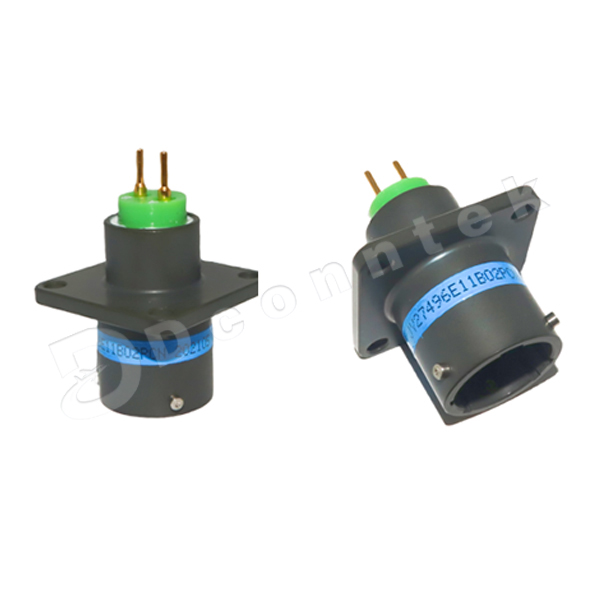Welcome to our comprehensive guide to the best power tool for cutting. In this article, we'll explore the various types of power tools available, their advantages and disadvantages, and provide some guidance on how to choose the right tool for your cutting needs.
Firstly, let's take a look at some of the most commonly used power tools for cutting:
- Circular Saw: This is a hand-held power tool used for cutting various materials such as wood, drywall, and metal. It's compact and lightweight, making it easy to handle and maneuver. However, it's not suitable for all types of cutting jobs.
- Jigsaw: This is a power saw with a reciprocating blade that's designed for intricate cutting jobs such as cutting curves or shapes in wood or metal. It's versatile and can be used for a wide range of materials.
- Band Saw: The band saw is a large, floor-standing machine that uses a continuous band of metal to cut through a wide range of materials such as wood, metal, and plastic. It's capable of handling large-scale projects but requires more set-up time and space.
- Table Saw: The table saw is a power tool that provides greater precision and control for straight cuts in wood or other materials. It has a flat surface that supports the material being cut, ensuring a straight and accurate cut.
- Miter Saw: The miter saw is a power tool used for cutting angles in wood or other materials. It's often used for cabinet making, trim work, and other types of precision angle cutting.
When choosing the best power tool for cutting, consider the following factors:
- Your specific cutting needs: Determine what type of materials you'll be cutting and the quantity. This will help you select the appropriate tool for the job. For example, if you're mainly cutting wood, a circular saw or table saw may be suitable. If you need to cut a wide range of materials or intricate shapes, a jigsaw or band saw may be more suitable.
- Your skill level: Power tools can be dangerous if not used correctly. Consider your skill level and select a tool that's suitable for your abilities. If you're a novice, a circular saw or jigsaw may be a better starting point before progressing to more complex tools like a band saw or table saw.
- Space and budget: Consider the amount of space you have available for storing and using the tool. Some power tools, like the band saw or table saw, require more room and may be more suitable for larger workspaces. Additionally, consider your budget and select a tool that meets your financial requirements while providing good value for your needs.
- Cordless vs corded: Power tools can be either corded or cordless. Corded tools have a power cord that plugs into an electrical outlet, while cordless tools are battery-powered. Cordless tools offer more flexibility as they can be used anywhere without the need for an electrical outlet, but they may have limited battery life compared to corded tools. Consider your working environment and needs when selecting between corded and cordless tools.
- Tool maintenance and upkeep: Power tools require regular maintenance and upkeep to ensure optimal performance and longevity. Some tools, like the band saw or table saw, require regular blade adjustments, while others, like the circular saw or jigsaw, require regular blade replacement. Be sure to follow the manufacturer's instructions for proper tool maintenance and upkeep.
In conclusion, choosing the best power tool for cutting depends on your specific needs, skill level, space requirements, budget, and maintenance preferences. By considering these factors and doing your research, you can select the right tool to meet your cutting requirements while ensuring safety and efficiency.



